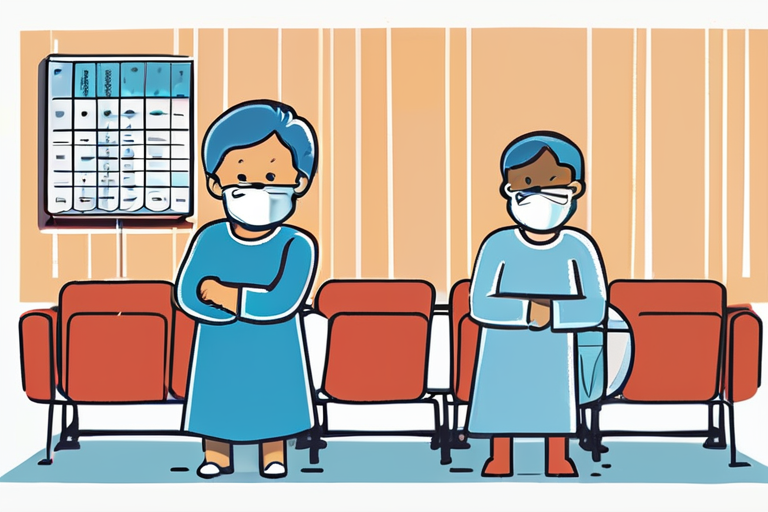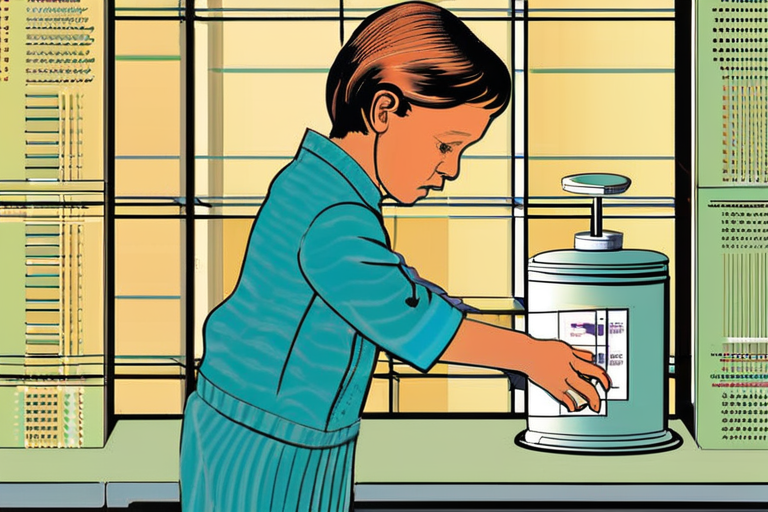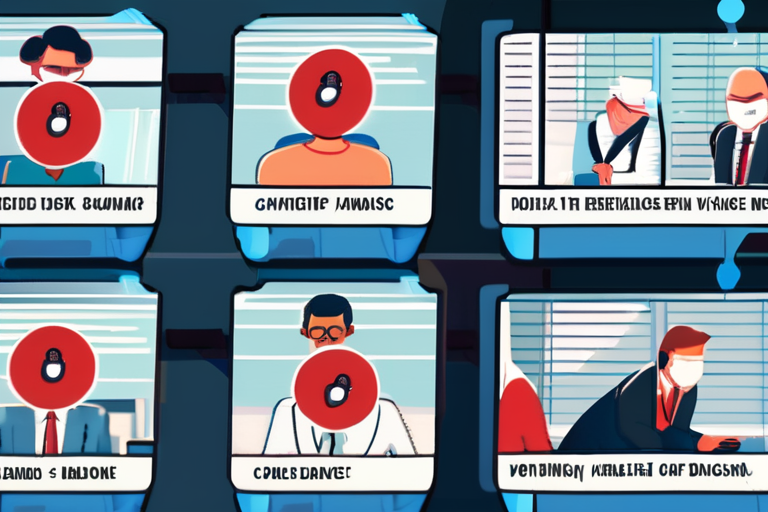The Centers for Disease Control and Prevention (CDC) has reported a significant decline in the number of flu samples received from other countries, which may impact the effectiveness of next year's flu shot. Typically, several thousand samples from flu patients worldwide arrive at the CDC, providing crucial data for understanding the virus's evolution and informing the design of the annual flu vaccine. However, this year, the flow of data has come to a near standstill, according to Demetre Daskalakis, who led the National Center for Immunization and Respiratory Diseases at the CDC.
The lack of international data has left the CDC with a limited view of the global flu situation, making it challenging to predict the strains that will dominate the next flu season. "It's pretty much come to a grinding halt," Daskalakis said, adding that the reduced data flow has made it difficult for the World Health Organization (WHO) to design an effective flu vaccine for the upcoming season. The WHO relies heavily on the CDC's data to inform its recommendations for the annual flu shot.
The decline in international data is attributed to various factors, including travel restrictions and reduced global connectivity due to the COVID-19 pandemic. The pandemic has also led to a shift in global health priorities, with many countries focusing on COVID-19 response efforts rather than influenza surveillance. As a result, the CDC has received significantly fewer samples from countries such as Australia, Japan, and the United Kingdom, which are typically major contributors to the global flu data pool.
The implications of this reduced data flow are far-reaching, with potential consequences for public health. A less effective flu vaccine could lead to increased hospitalizations and deaths from influenza, particularly among vulnerable populations such as the elderly and young children. "The flu vaccine is a critical tool in preventing flu-related illnesses and deaths," said Dr. Nancy Messonnier, director of the CDC's National Center for Immunization and Respiratory Diseases. "We need to ensure that we have the best possible data to inform the design of the vaccine."
The CDC is working to mitigate the impact of the reduced data flow by leveraging alternative sources, such as genomic sequencing and machine learning algorithms. These tools can help identify patterns and trends in flu data, even with limited samples. However, experts caution that these alternatives are not a replacement for traditional surveillance methods and may not provide the same level of accuracy.
The situation highlights the importance of global collaboration and data sharing in public health. The WHO and the CDC are working together to address the issue and ensure that the next flu vaccine is as effective as possible. In the meantime, the CDC is urging individuals to get vaccinated against the flu as soon as the vaccine becomes available, emphasizing the importance of vaccination in preventing flu-related illnesses and deaths.
As the world continues to navigate the COVID-19 pandemic, the reduced data flow from international flu samples serves as a reminder of the interconnectedness of global health. The CDC and the WHO are working to address the issue, but the consequences of a less effective flu vaccine will be felt for years to come.


























Share & Engage Share
Share this article